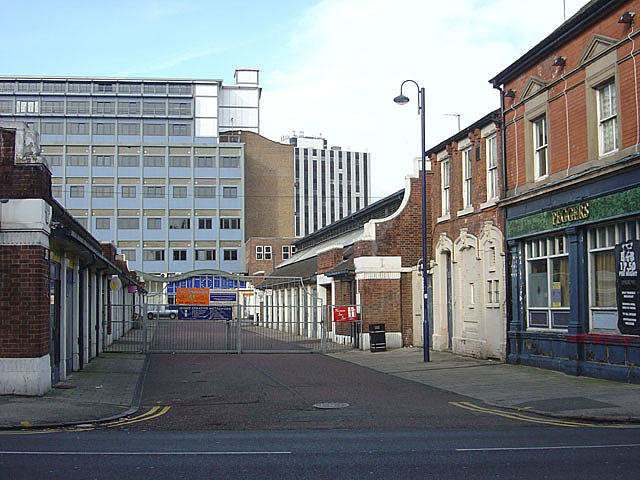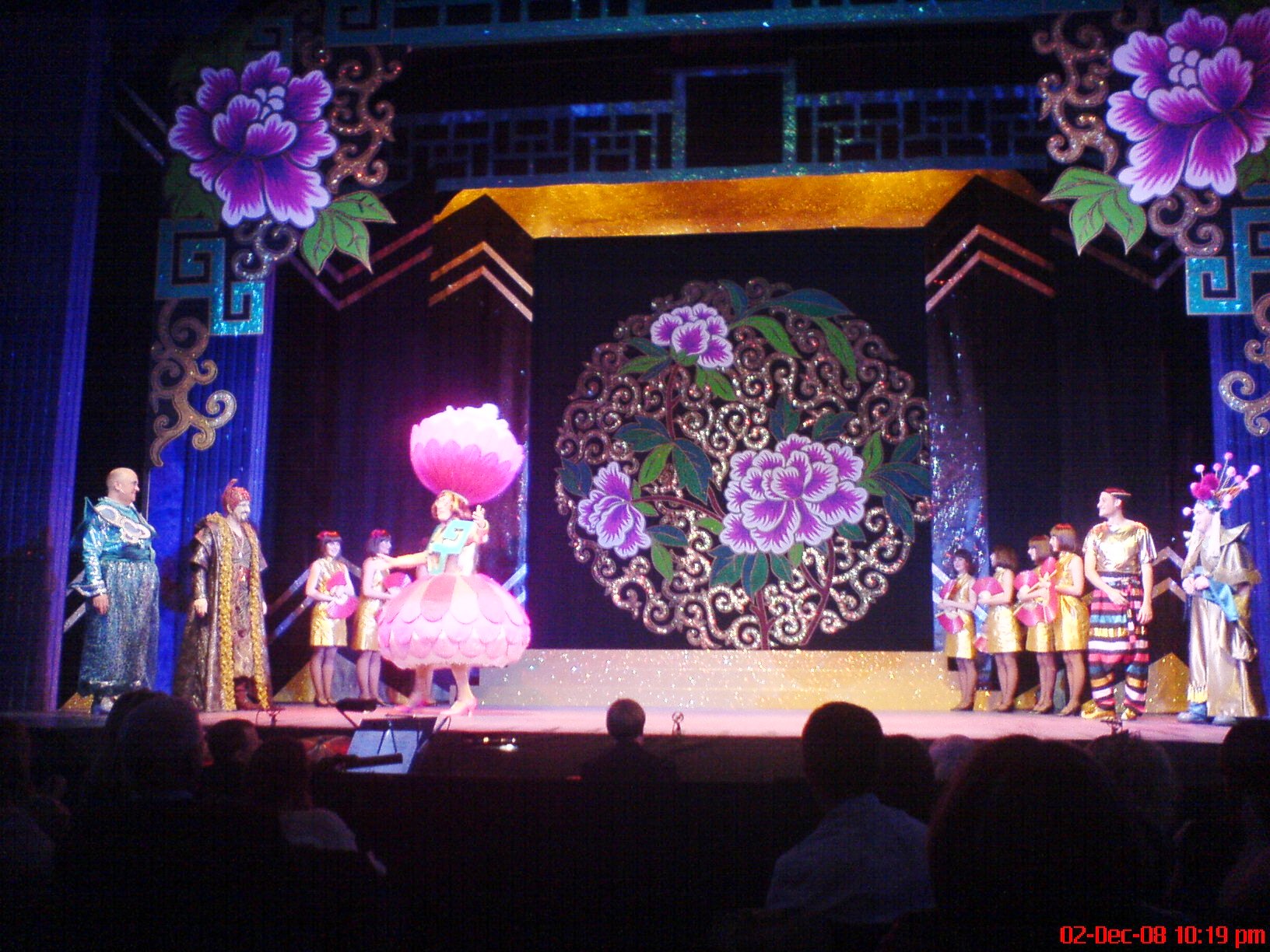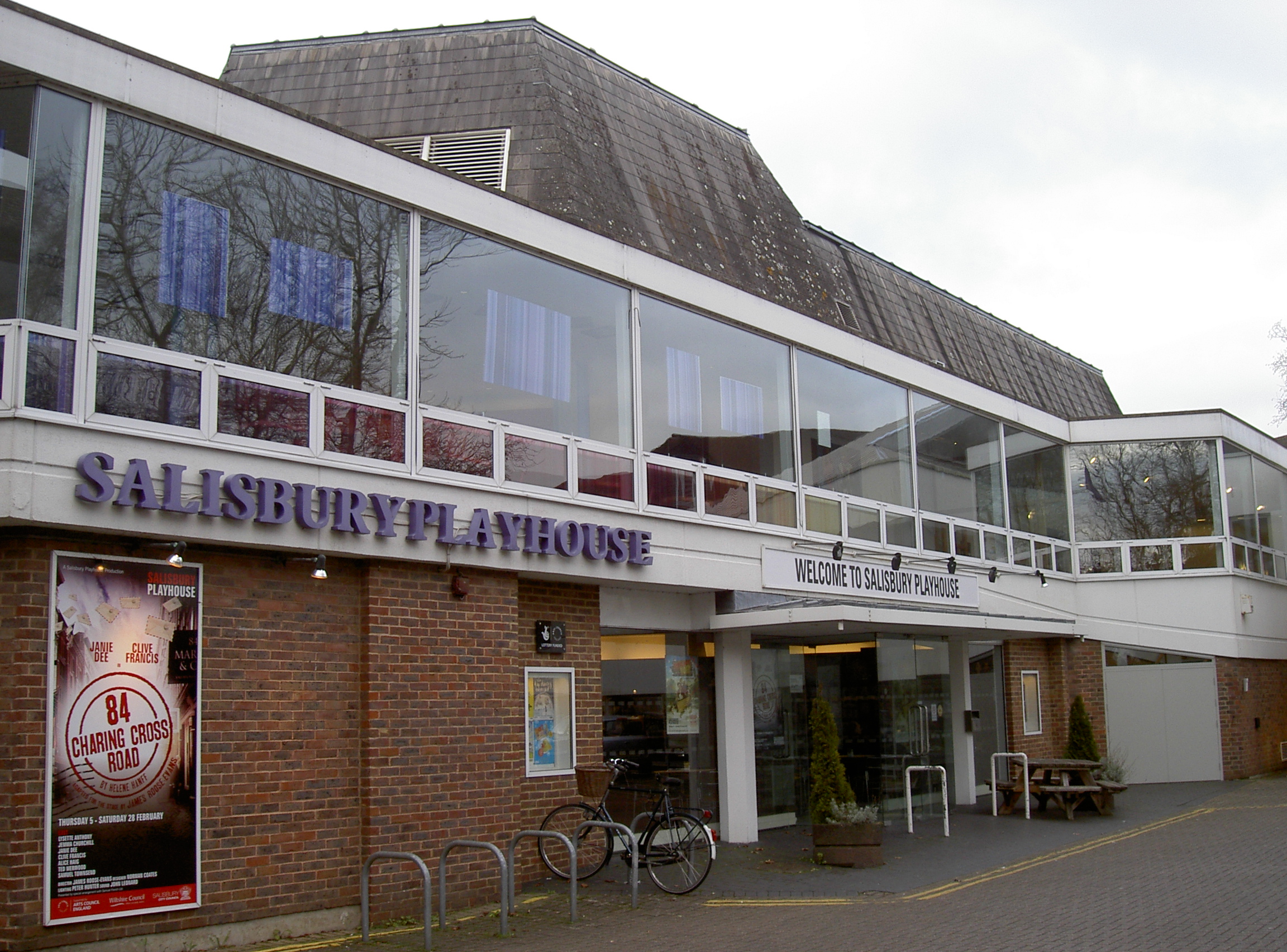|
Stephen Lowe (playwright)
Stephen Lowe (born December 1947) is an English playwright and director. Lowe's plays have dealt with subjects ranging from the takeover of Tibet by the Chinese People's Liberation Army in 1959 (''Tibetan Inroads'') to a dying DH Lawrence trying find a publisher for Lady Chatterley (''Empty Bed Blues''); from Donald McGill postcards (''Cards'' and ''Kisses on the Bottom'') to Dr John Dee (''The Alchemical Wedding''). His best known plays are ''Touched'', about a group of working-class women in Nottingham at the end of the second world war; ''The Ragged Trousered Philanthropists'', about a group of house-painters in 1906 (adapted from the novel by Robert Tressell); and ''Old Big ‘Ead in the Spirit of the Man'', in which football hero Brian Clough comes back from the dead to inspire a playwright working on his latest play. He has had plays produced by the Royal Court, Royal Shakespeare Company, Riverside Studios, Theatre Royal Stratford East, Hampstead Theatre, Joint St ... [...More Info...] [...Related Items...] OR: [Wikipedia] [Google] [Baidu] |
Sneinton
Sneinton (pronounced "Snenton") is a suburb of Nottingham, England. The area is bounded by Nottingham city centre to the west, Bakersfield to the north, Colwick to the east, and the River Trent to the south. Sneinton lies within the unitary authority of Nottingham City, having been part of the borough of Nottingham since 1877. Sneinton existed as a village since at least 1086, but remained relatively unchanged until the industrial era, when the population dramatically expanded. Further social change in the post-war period left Sneinton with a multicultural character. Sneinton residents of note include William Booth, founder of The Salvation Army, and mathematician George Green, who worked Green's Mill at the top of Belvoir Hill. In modern times, regeneration has seen most of the old telephone exchange converted into student accommodation, the market place replaced by a pedestrian plaza and the wholesale fruit and fish market units in the traditional avenue layout re-used f ... [...More Info...] [...Related Items...] OR: [Wikipedia] [Google] [Baidu] |
Riverside Studios
Riverside Studios is an arts centre on the banks of the River Thames in Hammersmith, London, England. The venue plays host to contemporary performance, film, visual art exhibitions and television production. Having closed for redevelopment in September 2014, Riverside Studios reopened in August 2019 with one of the first television broadcasts from Studio 1 being Channel 4's UK election coverage. Film studio In 1933, a former Victorian iron foundry on Crisp Road, London, was bought by Triumph Films and converted into a relatively compact film studio with two stages and a dubbing theatre. In 1935 the studios were taken over by Julius Hagen (then owner of Twickenham Studios) with the idea of using Riverside as an overflow for making quota quickies. However, by 1937 his company had gone into liquidation. Between 1937 and 1946, the studios were owned by Jack Buchanan and produced such films as ''We'll Meet Again'' (1943) with Vera Lynn and '' The Seventh Veil'' (1945) with James ... [...More Info...] [...Related Items...] OR: [Wikipedia] [Google] [Baidu] |
Meeting Ground Theatre Company
Meeting Ground Theatre Company is an experimental theatre company, based in Nottingham, United Kingdom. The company originates much of its work in Nottingham and tours many of its plays in the East Midlands, but it has also engaged in a number of international collaborations, and a number of its productions have appeared at the Magdalena International Women's Theatre Festival. In 2014 The company's artistic directors are playwright Stephen Lowe, Tanya Myers and Tom Wright. History The company was founded in 1985 by Lowe, Myers, Bush Hartshorn, Jo Buffery and Stephen Mapp, after Lowe and Myers moved to Nottingham from London. In the 1990s two productions were directed by Polish director Zofia Kalinska, one of which, ''Plaisirs d'Amour'', she directed in parallel with a Polish-language production of the same piece for Akne Theatre.Myer, M Grosvenor, ''Plaisirs d'Amour'', review of production, The Guardian; December 17, 1992; p28. In 2002 the company ran a workshop in Romania, b ... [...More Info...] [...Related Items...] OR: [Wikipedia] [Google] [Baidu] |
University Of Nottingham
, mottoeng = A city is built on wisdom , established = 1798 – teacher training college1881 – University College Nottingham1948 – university status , type = Public , chancellor = Lola Young, Baroness Young of Hornsey , vice_chancellor = Shearer West , head_label = Visitor , head = Penny Mordaunt(as Lord President of the Council '' ex officio'') , students = domestic () 43,893 worldwide , undergrad = domestic () , postgrad = domestic () , city = Nottingham , country = England , coor = , colours = University: blue and white Sports: green and gold , endowment = £72.3 million (2021) , budget = £694.0 million (2020–21) , affiliations = ACU Association of MBAs EQUIS EUARussell Group Sutton 30 Uni ... [...More Info...] [...Related Items...] OR: [Wikipedia] [Google] [Baidu] |
Nottingham Playhouse
Nottingham Playhouse is a theatre in Nottingham, Nottinghamshire, England. It was first established as a repertory theatre in 1948 when it operated from a former cinema in Goldsmith Street. Directors during this period included Val May and Frank Dunlop. The current building opened in 1963. The building The architect of the current theatre, constructed as an example of Modern architecture, was Peter Moro who had worked on the interior design of the Royal Festival Hall in London. When the theatre was completed, it was controversial as it faces the gothic revival Roman Catholic cathedral designed by Augustus Pugin. However, the buildings received a Civic Trust Award in 1965. Despite the modern external appearance and the circular auditorium walls, the theatre has a proscenium layout, seating an audience of 770. During the 1980s, when the concrete interiors were out of fashion, the Playhouse suffered from insensitive "refurbishment" that sought to hide its character. Since ... [...More Info...] [...Related Items...] OR: [Wikipedia] [Google] [Baidu] |
Plymouth Theatre Royal
Theatre Royal, Plymouth, is a theatre venue in Plymouth, Devon. It consists of a 1,300-seat main auditorium, The Lyric, which regularly hosts large-scale musicals, opera and ballet; a 200-seat studio, The Drum; and a 50-seat studio, The Lab. On a separate site, Theatre Royal Plymouth also has a production and learning centre, TR2, featuring rehearsal studios and workshops for the production of set and costumes. The theatre is a National Portfolio Organisation, receiving regular funding from Arts Council England. A £7 million Regeneration Project was completed in September 2013 with a renovated front of house area and community performance space called The Lab. A bronze sculpture depicting a crouching female actor called ''Messenger'' was unveiled in front of the theatre, in 2019. History In 1758 a theatre was built at the top of George Street in Plymouth. Originally known as the Theatre, Frankfort-Gate, it adopted the name Theatre Royal after King George III and his f ... [...More Info...] [...Related Items...] OR: [Wikipedia] [Google] [Baidu] |
Salisbury Playhouse
Salisbury Playhouse is a theatre in the English city of Salisbury, Wiltshire. It was built in 1976 and comprises the 517-seat Main House and the 149-seat Salberg, a rehearsal room and a community & education space. It is part of Arts Council England's National Portfolio of Organisations, and also receives regular funding from Wiltshire Council and Salisbury City Council. Overview Plays in the Main House are often own or co-produced work, of which there are between eight and ten a year. The Playhouse also houses touring productions and a variety of events as part of the Salisbury International Arts Festival. The Studio programme is the focus for the theatre’s work for and with young people, which includes toured-in work, work from its Youth Theatre called Stage '65, and workshop productions. The Playhouse’s Tesco Community & Education Space and Rehearsal Room opened in July 2007. In 2018, the charity which runs the theatre amalgamated with Salisbury Arts Centre and S ... [...More Info...] [...Related Items...] OR: [Wikipedia] [Google] [Baidu] |
Birmingham Rep
Birmingham Repertory Theatre, commonly called Birmingham Rep or just The Rep, is a producing theatre based on Centenary Square in Birmingham, England. Founded by Barry Jackson, it is the longest-established of Britain's building-based theatre companies and one of its most consistently innovative. Today The Rep produces a wide range of drama in its three auditoria – ''The House'' with 825 seats, ''The Studio'' with 300 seats and ''The Door'' with 140 seats – much of which goes on to tour nationally and internationally. The company retains its commitment to new writing and in the five years to 2013 commissioned and produced 130 new plays. The company's former home, now known as "Old Rep", is still in use as a theatre. History Foundation and early years The origins of The Rep lie with the 'Pilgrim Players', an initially amateur theatre company founded by Barry Jackson in 1907 to reclaim and stage English poetic drama, performing a repertoire that ranged from the 16th c ... [...More Info...] [...Related Items...] OR: [Wikipedia] [Google] [Baidu] |
Derby Playhouse
Derby Playhouse was a theatre production company based in Derby, England and the former name of the theatre which it owned and operated from its opening in 1975 until 2008, when the company ceased operating after a period in administration. The theatre was subsequently reopened in 2009 as the Derby Theatre and is now owned and operated by the University of Derby, where it currently runs itTheatre Artsdegree. During its tenure at the theatre, the Derby Playhouse company gained a national reputation for its productions, particularly the works of Stephen Sondheim. It also premiered new theatrical works as well as giving the regional premieres of several others. History The original Playhouse had opened as the Little Theatre in a converted church hall on Becket Street in 1948. In 1952, the company moved to another converted venue in Sacheverel Street and survived a major fire in 1956. In the 1960s and early 1970s the British government invested in the Arts Council of Great Britain's ... [...More Info...] [...Related Items...] OR: [Wikipedia] [Google] [Baidu] |
Liverpool Playhouse
The Liverpool Playhouse is a theatre in Williamson Square in the city of Liverpool, England. It originated in 1866 as a music hall, and in 1911 developed into a repertory theatre. As such it nurtured the early careers of many actors and actresses, some of whom went on to achieve national and international reputations. Architectural changes have been made to the building over the years, the latest being in 1968 when a modern-style extension was added to the north of the theatre. In 1999 a trust was formed, joining the management of the Playhouse with that of the Everyman Theatre. History The present theatre on the site was designed by Edward Davies, and opened in 1866. It replaced an earlier theatre called the Star Concert Hall. The present theatre was originally named the Star Music Hall. In 1895 its name was changed to the Star Theatre of Varieties. The theatre was improved in 1898 by Harry Percival with a new auditorium and foyer, and electricity was installed. In 1911 t ... [...More Info...] [...Related Items...] OR: [Wikipedia] [Google] [Baidu] |
Sheffield Crucible
The Crucible Theatre (often referred to simply as "The Crucible") is a theatre in Sheffield, South Yorkshire, England which opened in 1971. Although it hosts regular theatrical performances, it is best known for hosting professional snooker's most prestigious tournament, the World Snooker Championship, which has been held annually at the venue since 1977. Its name is a reference to the local steel industry. In May 2022 plans were unveiled to build a new 3,000-seater venue nearby with a bridge connecting the two buildings. History The Crucible Theatre was built by M J Gleeson and opened in 1971. It replaced the Sheffield Repertory Theatre in Townhead Street. In 1967 Colin George, the founding artistic director of the Crucible, recommended a thrust stage for Sheffield, inspired by theatres created by Sir Tyrone Guthrie. Tanya Moiseiwitsch, who had been involved in designing Guthrie's theatres, was recruited to design Gleeson's theatre as well. The architects Renton Howard ... [...More Info...] [...Related Items...] OR: [Wikipedia] [Google] [Baidu] |
Stephen Joseph Theatre
The Stephen Joseph Theatre is a theatre in the round in Scarborough, North Yorkshire, England that was founded by Stephen Joseph and was the first theatre in the round in Britain. In 1955, Joseph established a tiny theatre in the round on the first floor of the Public Library. The theatre flourished and in 1976 moved to a supposedly temporary home on the ground floor of the former Scarborough Boys' High School. However, a permanent home proved difficult to find and it was not until late 1988 and the closure of the local Odeon cinema by Rank Leisure that the theatre's long-standing Artistic Director, Alan Ayckbourn, found a suitable venue. Ayckbourn launched a £4 million appeal to transform the old cinema with a view to opening it up in 1995. The new theatre, known simply as the Stephen Joseph Theatre, opened in 1996 and comprises two auditoria: ''The Round'', a 404-seat theatre in the round, and ''The McCarthy'', a 165-seat end-on stage/cinema. The building also con ... [...More Info...] [...Related Items...] OR: [Wikipedia] [Google] [Baidu] |







.jpg)